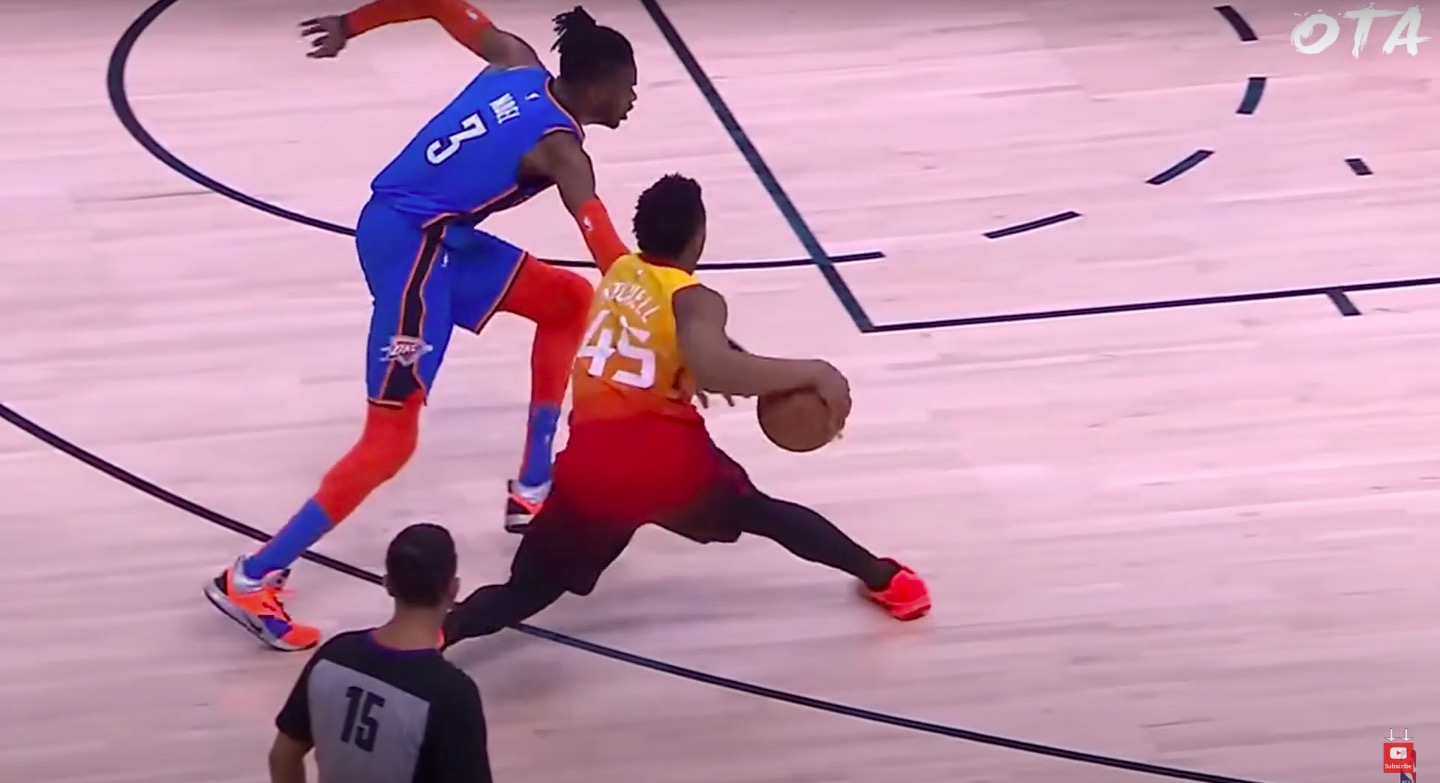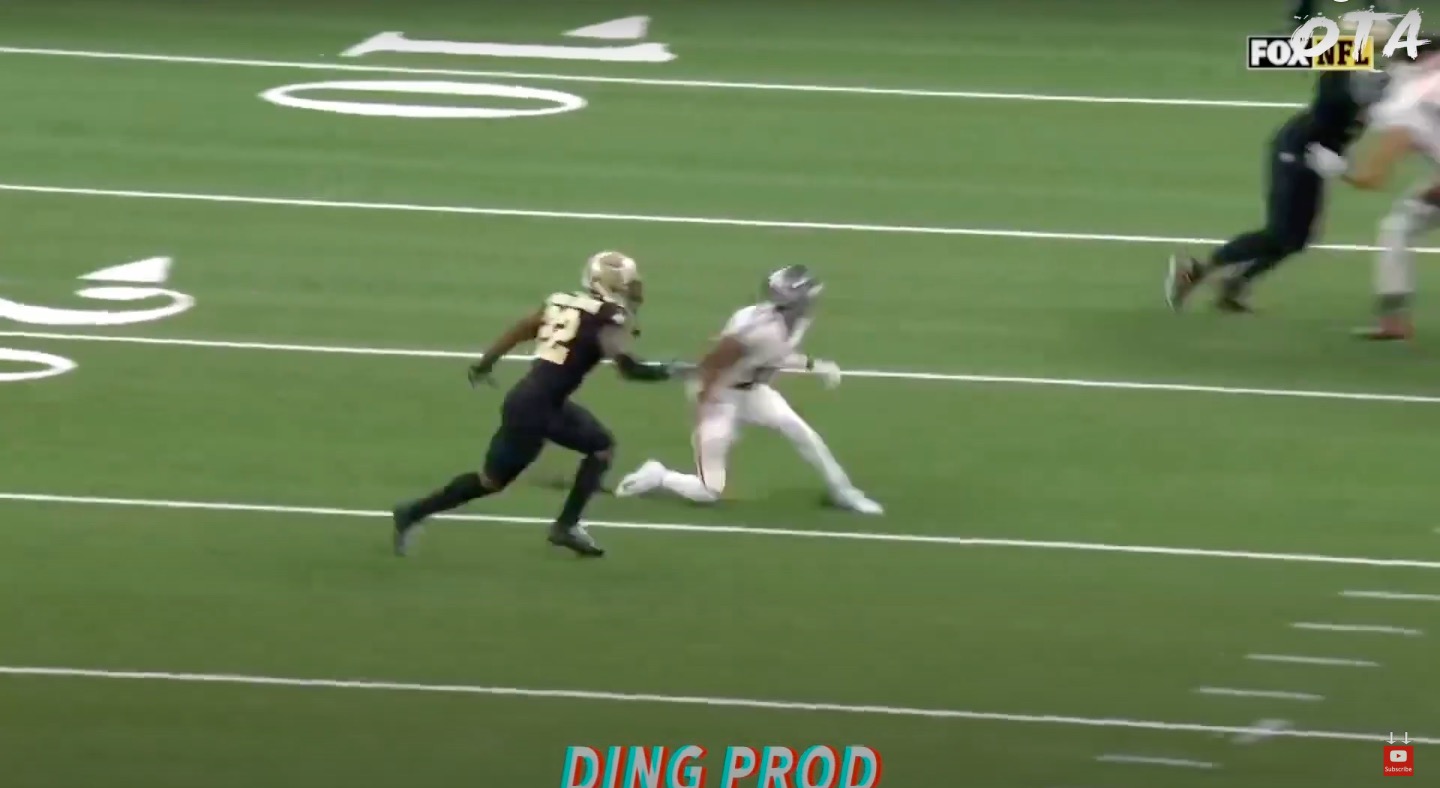What are the best plyometric exercises I should use to build more speed and athletic agility?
Plyometrics have proven to be a favorite in training amongst athletes, and for good reason. Learning to practice plyometrics in a controlled setting (aka your workout), allows you to develop greater force production to use in competition on the field or court. I’ll be sharing a few plyometric exercise examples that I use with my high-level athletes to develop greater power and strength in the following workout.
Why Use Plyometrics?

It’s first important to have an understanding of the differences between strength and power.
Strength is defined as the ability of specific muscle to produce maximum force and overcome a resistance in just one repetition. Power on the other hand is when a group of muscles are able to produce maximal force in a short amount of time possible.
As an athlete it’s important to have both, as two different facets of your athletic ability. Plyometric exercises help to especially build power which is a combination of both your strength and speed. The faster you move something, the more power you apply to that object.
In other words, power = mass x speed / distance
This is done through applying a rapid “strength and shortening” reflex within the muscles, helping to build elasticity through fast, powerful movement. This is especially important when looking to build the athletic agility that’s needed to juke guys out on your way to scoring or trip em up while defending. Plyometrics build more reactive muscle tissue that can fire quickly in response to stimulus. This is done by introducing a specific series of movements such as jumping, sprinting, bounding, hops, etc.
The most important piece however, is that you start from a foundational level and build up to more difficult agility work.
This helps to prep the nervous system. Since performing plyometrics trains both the muscles and nervous system, working to increase your response time in training, eventually translates to better agility during competition:
- A med ball toss becomes a blazing fast pitch
- A box jump converts strength into power for an elite vertical jump
- Turn and sprint drills become quick feet out on the field
Example Plyometric Progression
The best plyometric exercises are the ones you progress.
My athletes are real familiar with this concept… if you just jump into advanced plyometrics without the right foundation, you won’t reap all the benefit of the work. That’s why I’m about to walk you through these exact plyometric exercise examples in a progressive format, so you can start seeing big changes in your agility right away.
These are especially helpful for advanced athletes looking to cut on a dime, change direction rapidly, and overall increase their agility. However, you can also start with the movement prep drills or just a slower version if you’re new to plyometrics. As a strength and conditioning coach I’m not looking to “teach you how to punch” but rather train you to “throw knockout power.”
Here’s how I break it down:
- Observe the movements you’re going through out on the field or court
- Isolate them down to the smallest motion
- Train those small motions
- Integrate them back into the full motion when performing in sport.
Rather than working on skills, my focus is to enhance movement. You can run through drills 100 times on the field, but if it’s not done with accurate form you’ll be practicing all the wrong things. Let’s get into the exact progression I use to enhance an athlete’s ability in lateral or frontal plane movement with more power and speed.
Movement Prep

First we need to start with a series of movement prep drills that’ll support you in moving laterally.
- Lateral pogos
- Single leg lateral pogos
- Power shuffle
- Lateral quick shuffles
These are all going to work on enhancing hip abduction, inversion and eversion across the foot, as well as get you moving laterally – quick. After performing those you’ll be prepped and prime to handle a greater threshold of work. This is why a warm-up is so essential (to those guys who want to skip it). By starting slow with less technical movements you work to almost “turn on” the nervous system so that every drill afterwards can take full effect.
Frontal Plane Plyometrics
Next I like to move onto plyometric exercises that work the frontal plane. This helps to improve movement within the hip joint and increase strength within the given range of motion for a stronger first step. There’s a number of ways to work on this particular focus but here’s a few of my favorite foundational drills:
- Variations of skater jumps
- Bounds
The goal with both of these drills is to focus on “pushing” underneath your center of mass to drive out laterally. This is an essential part of any sport-specific movement. You can focus on creating force, and other variations where you might look to accept force through the landing leg.
Progressions
To start progressing your agility workouts, I suggest spending a good amount of time focusing on foundations first. Next you can start making each drill a bit more advanced by focusing on pushing the leg outside the center of mass. So rather than landing with your foot right underneath the hip, focus on pushing the leg outside both hip and shoulder width. This places a lot more stress on the ankle and knee.
You might say to yourself, “would this compromise the athlete“? Here’s my take:
Sure, any movement not done properly can compromise the athlete. I recommend sitting down and watching some film of your sport… you’ll start to notice that athletes are often put into these compromising positions during the play. Wide receivers, baseball, and basketball athletes… you all see them take this great big step (image below). They all produce force laterally, both underneath and outside of their center of mass.

As a performance coach, my goal is to take these natural movements that occur in competition and enhance them within a controlled, predetermined setting. After going through the previous series of plyometric exercise examples, continue bridging the gap between the field or court and training.
Here’s a few more plyometric exercise examples to start advancing your agility, acceleration, and speed:
Watch the full workout from today here:
Everything is a progression and there’s a time and place for every single drill. We just went through an advanced progression for more elite-level athletes who can endure that level of stress. I recommend you start agility work especially if you’re a younger or less experienced athlete. It will only help you advance in your sport with more speed and quickness.
Looking for a full program that helps you develop elite agility? You need something that stresses progression from the ground up for any skill level. Check out the link below to access Game Speed. This is my proven performance method to develop a massive advantage over the competition. I’ve boiled agility training down to three simple steps:
#1. Mechanics
#2. Force Management
#3. Cognitive Conditioning